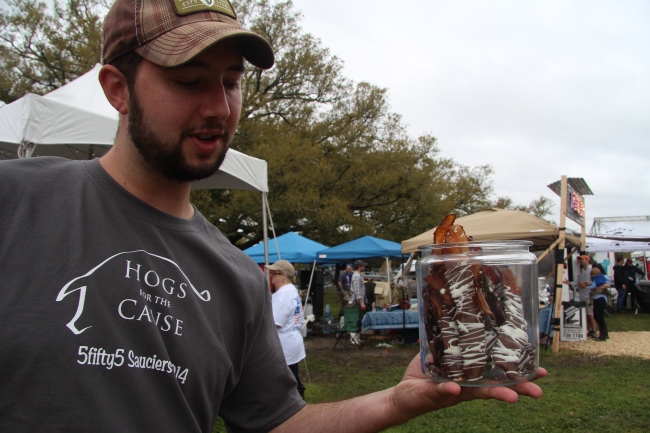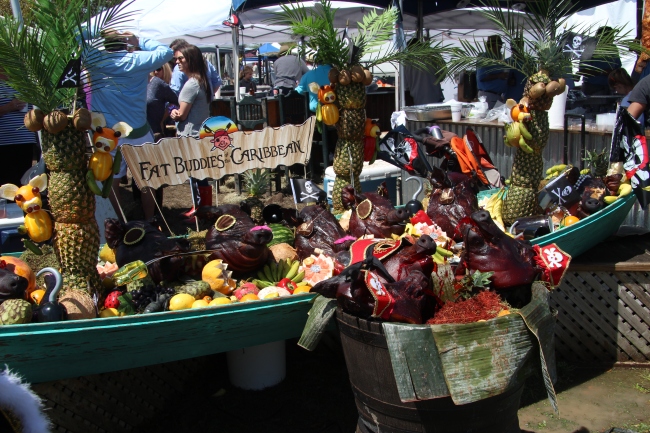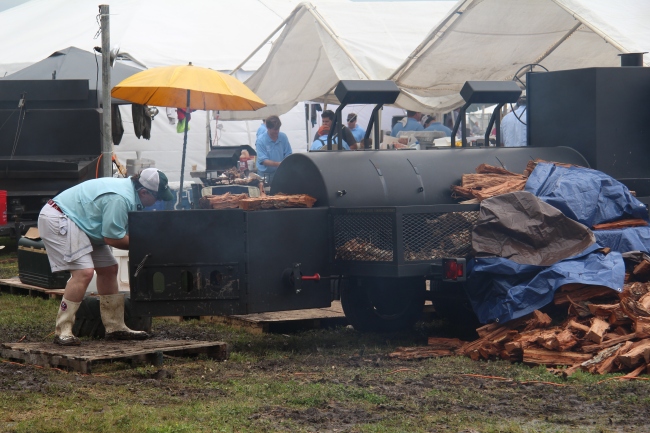This week has been very disturbing, reading all of the sad goodbyes from the journalists I’ve followed through the years at the Times Picayune. One who will be particularly missed is Bob Marshall. He has always championed his love of the outdoors and has been a prominent voice that always promotes Louisiana’s ecological and environmental survival. I hope you have a bountiful time in the swamps and marshes, bonne chance.
When local outdoors folk look back on the summer of 2012 they may well remember it as a season of questions. Such as “What happened to the speckled trout?” And “What happened to the teal?” And “How did a Category 1 storm spread so much damage?”
I found part of the answer last week when I spotted the bodies. They were laying along the shoulders and on the neutral ground of Highway 23 between Lake Hermitage and Port Sulphur. Some in starkly sad isolation, others twisted together where the storm’s surge had left them, still others extending from 20-foot piles of debris being dropped into trucks by heavy equipment.
Two weeks earlier they had been residents of the southeast Louisiana marsh, full-grown clumps of spartina grass complete with a foot-thick supporting plug of delta mud, something that might have taken the river decades to lay down – when it could still reach its delta.
The nearest marsh from their final resting places was probably five miles away. So Isaac had ripped them from the skeletal remains of our once vibrant, growing delta, and dropped them when the Mississippi River levees blocked further transport. The line of death reached halfway up the tall mud walls along the river and were stacked four to six feet deep on the highway before the mechanical undertakers arrived to sanitize the scene.
That clean-up was urgently important, but it would have been helpful if locals living inside our new $14 billion storm surge levees had been required to view the scene before the job was done. Maybe then they would have found part of the answers to their growing list of questions about “what’s happening?” with fishing and hunting, with home-flooding from even “minimal” hurricanes, and road inundations just from stiff southerly winds. The miles of marsh lying dead on the road would be a powerful reminder that the loss of wetlands – which is a big reason those levees are necessary – continues apace.
Hurricanes, of course, have long been a part of this ecosystem. Ecologists say in a healthy coastal delta the big storms play a role similar to wild fire in natural forests – cleaning out the old and sick and creating openings for the generation of new life. And on deltas connected to their life-giving rivers, the healing from storm scars begins with the next spring rise.
But this delta – which supports our homes, culture and livelihoods – has been sick and dying for decades, its lifeblood blocked by levees, its circulatory system destroyed by canals carved for oil, gas and shipping. It can’t heal itself; wounds fester and grow, eventually becoming fatal.
The “coastal erosion” everyone has heard about isn’t just a move northward from the Gulf of Mexico shoreline. It’s also a simultaneous death from the inside out. Viewing year-to-year satellite images of areas outside our levees is like watching pixels being pulled from a digital photo, with tiny holes steadily growing into ever larger blank spaces. These open space fill with water, which gives even light breezes a longer fetch to build energy, which means waves landing against surviving shorelines arrive with greater force – which means our problem grows ever larger, faster.
That’s one reason comparatively small storms like Isaac now do so much damage. As the large masses of marsh are rendered into progressively smaller fragments, they become easier victims for wind and wave energy.
Of course, there’s another reason smaller storms are now causing more marsh destruction and consequent home and road flooding. It’s the fact that shall not be named by our congressional delegation: global warming. The build-up of greenhouse gases mainly from fossil fuels is causing the sea to rise at an accelerated rate because water expands as it warms and because water that once was frozen on land as glaciers and ice fields is melting and flowing into the seas.
This isn’t a theory. It’s a fact recorded by measurements at tide stations over the last few decades. And the rate of sea level rise in southeast Louisiana is about four times the rate of the rest of the continent because we are sinking at the same time the Gulf is swelling.
The graphs on this page explain that. They are not computer models or projections. They are measurements of what has happened and continues to happen. You can see allthese facts online here.
And part of what they tell us is that storm surges on the other side of our levees are becoming higher and more dangerous with each passing season, because even small storms have more water to push our way and much less marsh and swamp to diminish their speed and power.
Hunters, anglers and other who spend time on the other side of the levees are not surprised by any of this. They know the reality of the world on the wet side of those mud and concrete walls. But seeing sections of dead marsh lying along coastal roads after Isaac may be confirmation of their worst fears: the habitat base responsible for their pastimes may be losing its battle for survival.
Those bodies lying along Highway 23 were providing some answers and sending a message: Time is running out to save what we have left, and to prevent the Gulf from reaching those mud walls we think make us safe.
A final note
This is my last day as Outdoors Editor of The Times-Picayune. It has been a great joy and privilege to serve the readers of the metro area and work alongside some of the finest journalists in the nation.
I’ll see you in the marsh.
Posted in blogroll, environment, louisiana, new orleans





















 The towboat Nature Way Endeavor banks a barge against the western bank of the Mississippi River, Sunday, Jan. 27, 2013. The river was closed to all traffic eight miles north and south of Vicksburg.AP Photo/Vicksburg Post, Eli Baylis
The towboat Nature Way Endeavor banks a barge against the western bank of the Mississippi River, Sunday, Jan. 27, 2013. The river was closed to all traffic eight miles north and south of Vicksburg.AP Photo/Vicksburg Post, Eli Baylis 



